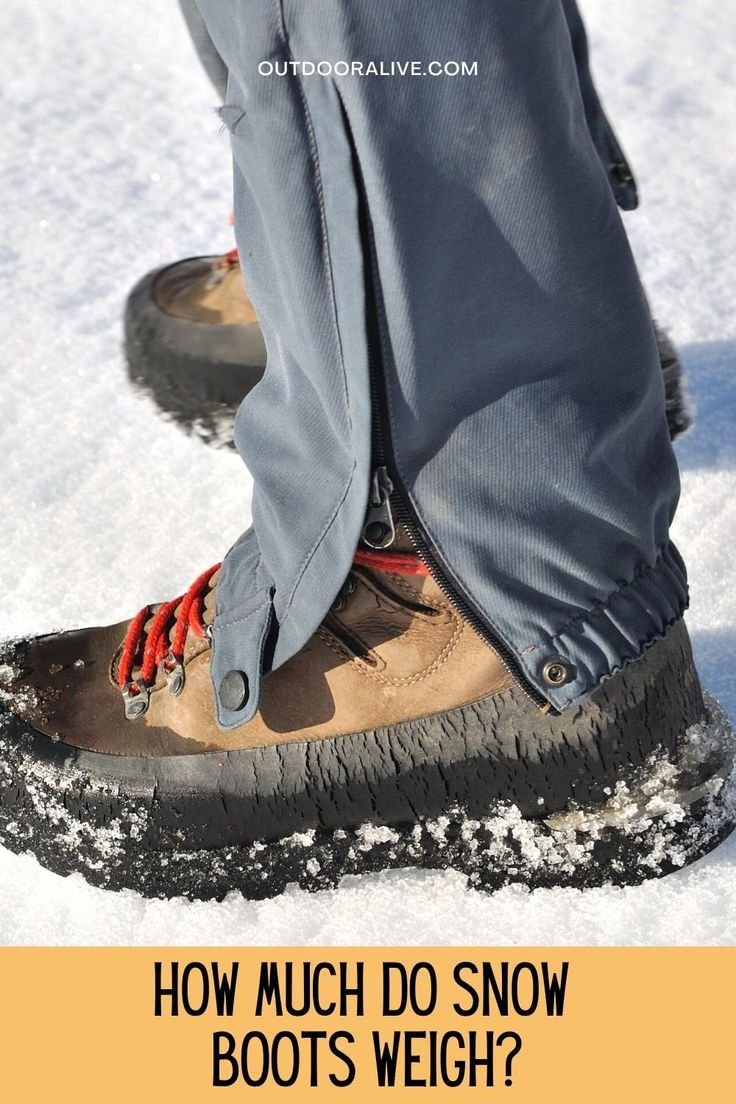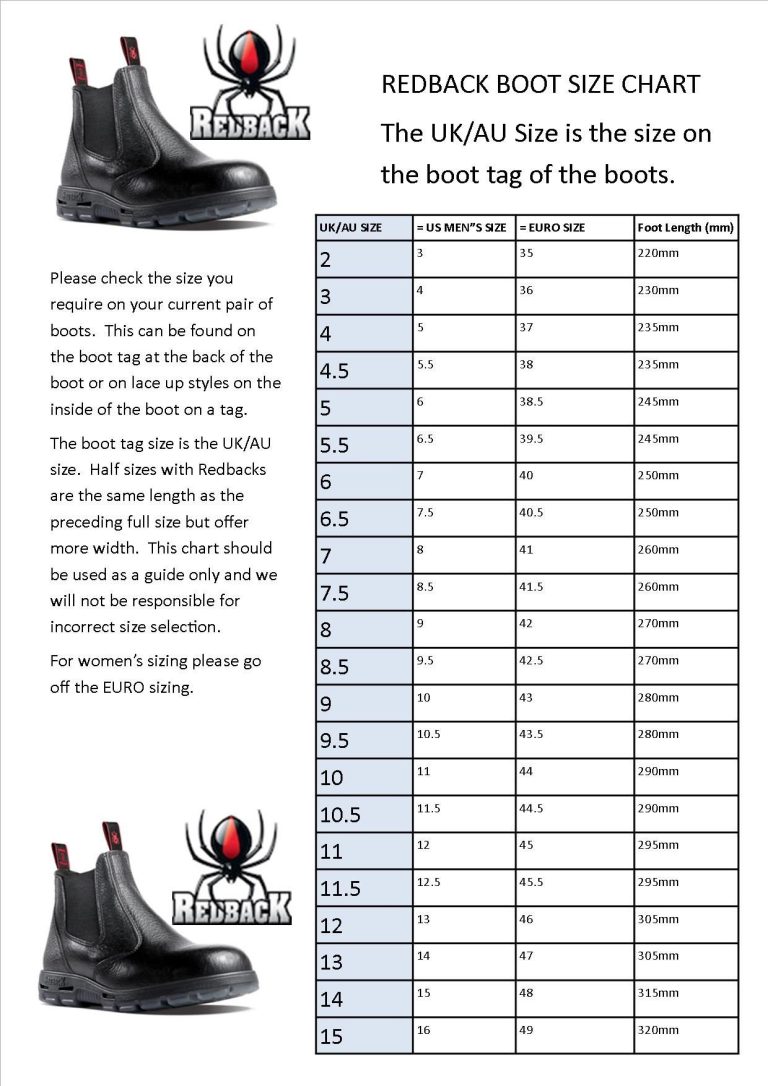How much do boots weigh? If you’ve ever found yourself pondering the weight of these essential footwear, you’re not alone. Whether you’re a hiker, a fashion enthusiast, or simply curious, the weight of boots can have a significant impact on your comfort and mobility. In this article, we’ll delve into the fascinating world of boot weight, exploring factors that contribute to their heaviness and how it affects different types of boots. So, grab a cup of coffee and let’s dive into the weighty matter of boots!
How Much Do Boots Weigh
When it comes to footwear, boots have always been a popular choice due to their versatility, durability, and style. However, one question that often arises is how much do boots weigh? The weight of boots can vary significantly depending on various factors such as the material, design, and purpose. In this article, we will delve into the different types of boots and their respective weights to give you a comprehensive understanding. So grab a cup of coffee and let’s dive in!
Understanding the Factors
Before we explore the specific weights of different types of boots, it’s important to understand the various factors that contribute to their overall weight. Here are the key aspects to consider:
1. Material
The material used in the construction of boots plays a crucial role in determining their weight. Common boot materials include leather, synthetic fabrics, rubber, and various combinations of these materials. Leather boots tend to be heavier compared to synthetic ones due to its denser nature. Additionally, the thickness and quality of the materials can also influence the weight.
2. Design and Style
The design and style of boots can also impact their weight. Certain types of boots, such as work boots or hiking boots, are built with additional features and reinforcements to provide optimal support and protection. These extra components can add to the overall weight of the boots.
3. Purpose
Different types of boots are designed for specific purposes. For example, military or combat boots are built to withstand harsh conditions and offer maximum durability. On the other hand, fashion or dress boots are typically lighter as they prioritize style and comfort. The intended purpose of the boots can affect their weight.
Common Types of Boots and Their Weights
Now that we have a better understanding of the factors that contribute to boot weight, let’s explore the weights of various types of boots:
1. Hiking Boots
Hiking boots are designed for outdoor activities and often feature sturdy construction and ankle support. The weight of hiking boots can vary depending on factors such as the materials used, the presence of waterproofing features, and the level of insulation. On average, a pair of hiking boots can weigh anywhere between 2 to 4 pounds (0.9 to 1.8 kilograms).
2. Work Boots
Work boots are built to withstand heavy-duty tasks and provide protection in hazardous work environments. These boots are typically made with thick and durable materials such as leather or composite materials. The weight of work boots can range from 3 to 6 pounds (1.4 to 2.7 kilograms) per pair, depending on the specific features and safety standards they meet.
3. Combat Boots
Combat boots are designed for military personnel and are known for their ruggedness and durability. These boots are often made with high-quality leather and have additional features such as steel toe caps and reinforced soles. Combat boots tend to be on the heavier side, with weights ranging from 3.5 to 5 pounds (1.6 to 2.3 kilograms) per pair.
4. Winter Boots
Winter boots are specifically designed to provide insulation and protection from cold and wet conditions. These boots often feature extra layers of insulation, waterproofing materials, and thick soles. Due to their added features, winter boots can weigh between 2.5 to 5 pounds (1.1 to 2.3 kilograms) per pair, depending on the level of insulation and materials used.
5. Cowboy Boots
Cowboy boots are iconic for their distinctive style and are often made with high-quality leather. The weight of cowboy boots can vary depending on factors such as the height of the shaft, the presence of decorative elements, and the quality of the leather. On average, a pair of cowboy boots can weigh anywhere between 2 to 3 pounds (0.9 to 1.4 kilograms).
6. Dress Boots
Dress boots are designed to be stylish and comfortable without compromising on aesthetics. These boots are typically made with lighter materials such as suede or polished leather. Dress boots are generally lighter compared to other types, weighing around 1.5 to 2 pounds (0.7 to 0.9 kilograms) per pair.
7. Rain Boots
Rain boots, also known as Wellington boots or galoshes, are made to keep your feet dry during wet weather conditions. These boots are usually constructed with rubber or PVC, which makes them lightweight. A pair of rain boots can weigh between 1 to 2 pounds (0.5 to 0.9 kilograms).
When it comes to boot weight, there is no one-size-fits-all answer. The weight of boots can vary significantly depending on factors such as the materials used, design, and purpose. Hiking boots and work boots tend to be heavier due to their durability and added features, while dress boots and rain boots are generally lighter for comfort and style. It’s important to consider your specific needs and preferences when choosing a pair of boots. Whether you’re heading out for an outdoor adventure or simply want to make a fashion statement, there’s a pair of boots out there that’s just right for you.
How much do The Drew's 10in Logger Boots weigh ? Size 10D
Frequently Asked Questions
How much do boots weigh?
The weight of boots can vary depending on various factors such as the type of boot, the materials used, and the size. Generally, lightweight boots designed for activities like hiking or running can weigh around 2 to 3 pounds per pair. Heavy-duty work boots or winter boots, on the other hand, can weigh closer to 4 to 6 pounds per pair due to their sturdy construction and insulation. It’s important to consider the weight of boots when choosing them for a specific activity, as lighter boots are often more comfortable for long-distance walking or running, while heavier boots provide added protection and warmth.
What factors contribute to the weight of boots?
The weight of boots is influenced by several factors. The materials used in the construction, such as leather, synthetic fabrics, or rubber, can affect the overall weight. Additionally, the presence of additional features like insulation, steel toes, or waterproof membranes can add extra weight to the boots. The size of the boots can also impact the weight, as larger sizes may require more materials. It’s important to consider these factors when choosing boots, as the weight can affect comfort, mobility, and overall performance.
Are there lightweight boot options available?
Yes, there are lightweight boot options available for various activities. For example, hiking boots often incorporate lightweight materials and design elements to reduce weight without compromising durability or support. Similarly, athletic or running shoes designed for outdoor use also tend to be lightweight to enhance agility and speed. When searching for lightweight boots, look for models that utilize lightweight materials like synthetic fabrics or lightweight alloys in the construction.
What are the benefits of heavier boots?
Heavier boots offer several benefits depending on the intended use. In work environments that involve heavy machinery, construction, or rigorous physical tasks, heavier boots can provide added protection against impacts, punctures, and other workplace hazards. Additionally, heavier boots with insulation are ideal for cold weather conditions as they help keep the feet warm. It’s important to find the right balance between weight and functionality based on the specific requirements of the intended activity.
How can I determine the weight of a specific boot model?
To determine the weight of a specific boot model, you can check the product description on the manufacturer’s website or reach out to the brand’s customer service for more information. Many websites and retail stores also provide product specifications that include the weight of the boots. Keep in mind that the weight may vary slightly depending on the size of the boots.
Does the weight of boots affect comfort?
The weight of boots can impact comfort, particularly during prolonged use or activities that require significant physical exertion. Lighter boots are often more comfortable for long-distance walking, running, or hiking as they minimize fatigue and allow for better mobility. However, heavier boots may provide a sense of stability and support, which can be beneficial in certain scenarios like rough terrains or work environments that require additional protection. It’s important to consider personal preferences, intended activities, and the trade-off between weight and comfort when choosing boots.
Final Thoughts
Boots weight can vary significantly depending on various factors such as the type of boots, materials used, and intended purpose. Hiking boots, for example, can weigh between 1.5 to 5 pounds per pair, while lightweight sports boots may weigh even less. The weight of boots is an important consideration for outdoor enthusiasts and individuals who engage in physically demanding activities. It directly impacts comfort, agility, and overall performance. Therefore, when choosing boots, it is crucial to take into account their weight to ensure optimal functionality and user experience. So, next time you’re in the market for a new pair of boots, remember to consider how much do boots weigh to find the right fit for your needs.






